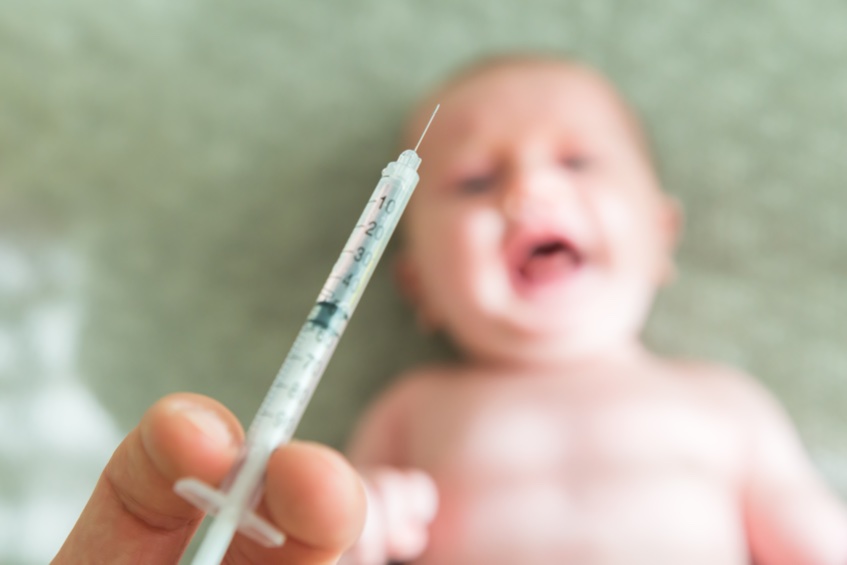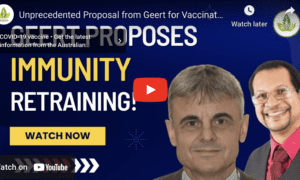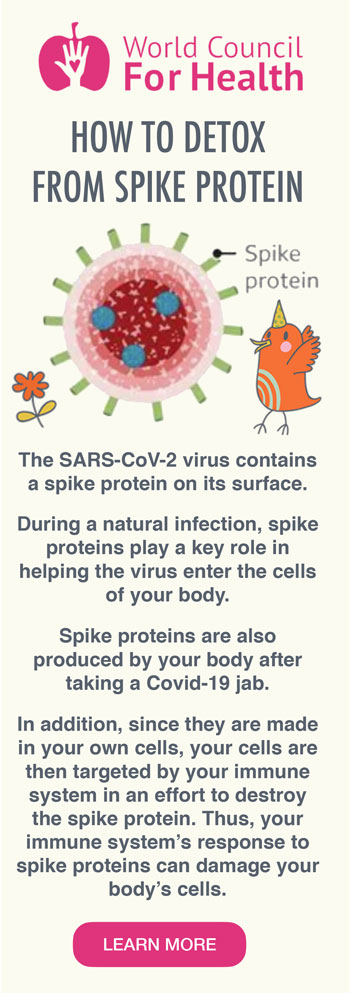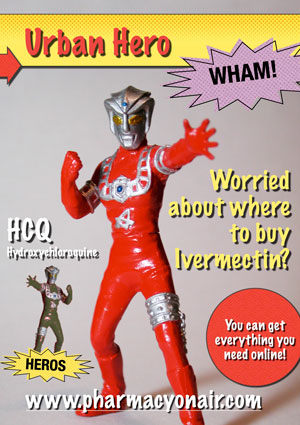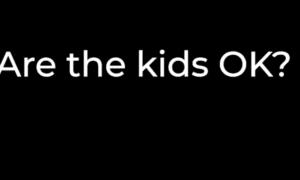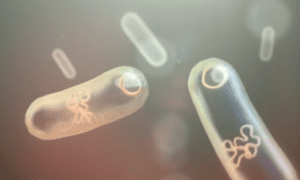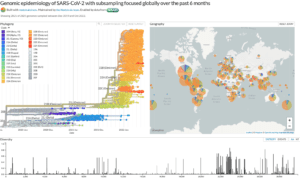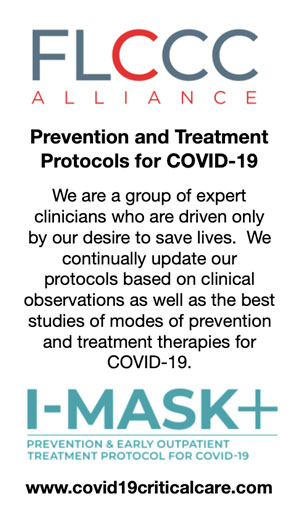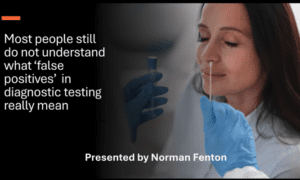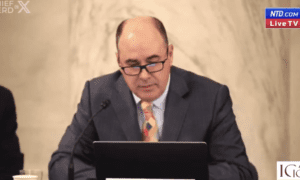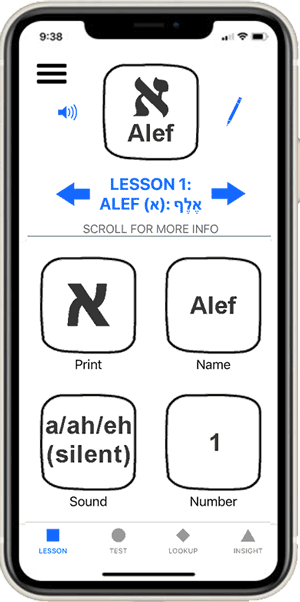Intra-pandemic vaccination of toddlers with non-replicating antibody-based vaccines targeted at ASLVI1- or ASLVD2-enabling glycosylated viruses prevents education of innate immune effector cells (NK cells)
Intra-pandemic vaccination of toddlers with non-replicating antibody-based vaccines targeted at Acute self-limiting viral infection or Acute self-limiting viral disease -enabling glycosylated viruses prevents education of innate immune effector cells (NK cells).
Key message:
Antibody-based vaccines teach the immune system to produce high levels of antibodies that are directed against the surface protein that is responsible for initiation of viral infection. Due to their high specificity and strong binding capacity, these vaccinal antibodies outcompete the child’s innate antibodies for binding to the virus. This not only sidelines virus-neutralization by the natural innate immune system but also hampers the ability of innate antibodies to educate the innate immune system’s NK cells (Natural Killer cells) regarding NK cell recognition of (and appropriate response to) molecular self-mimicking patterns that are expressed on virus-infected host cells. This is particularly problematic when mass vaccination campaigns are conducted during a pandemic as those drive natural selection and dominant expansion of more infectious immune escape variants. Strong immune priming as induced by vaccines elicits long-lived Ab titers. Even in the absence of further booster shots, repeated exposure to more infectious circulating variants will recall these vaccinal antigen (Ag)-specific Antibodies and thereby sustain hightiter antibody responses. When immature, low-affinity Antibodies become exposed to the virus, (which may occur when vaccines are administered during a pandemic), these Antibodies may bind to the virus without neutralizing it. This in its own right could already provoke antibody dependent enhancement of infection by the target virus. Vaccinated toddlers are particularly at risk of antibody dependent enhancement of infection as their innate immune system has not yet been trained. Consequently, young children who are vaccinated during a pandemic with non-replicating viral vaccines (directed at Acute self-limiting viral infection or Acute self-limiting viral disease -enabling glycosylated viruses) are at high risk of developing severe disease.
In addition, boosting of vaccinal Antibodies as a result of repeated exposure to more infectious immune escape variants will lead to prolonged suspension of NK cell education in these vaccinated toddlers. When, for a prolonged period of time, NK cells are prevented from being sensitized to pathogen-derived self-mimicking peptide patterns that are expressed on infected or otherwise pathologically altered cells, they may end up becoming tolerant to these patterns, which are typically shared among several different glycosylated pathogenic agents (G. Vanden Boshe , former provisional patent application). That is, the NK cells become hyporesponsive or desensitized to these pathogenic agents. This opens the door to recognition by B and T cells of traditional antigens that are naturally expressed later on in the process of infection or pathologic alteration. Recognition by these ‘foreign-centered’ effector cells may enable abrogation but not prevention of infection (i.e., in the case of infectious pathogens) or lead to immune pathology (e.g., in the case of pathologically altered autologous host cells evolving towards expression of foreign proteins).
So, when the normal NK cell responsiveness to the patterns expressed on the surface of a specific glycosylated virus-infected cell (e.g. a SARS-Corona virus-2 infected cell) is downregulated, so is the NK cell response to largely homologous patterns on cells infected by other glycosylated viruses. That is how – in young children- vaccinal antibody-mediated interference with the education and response of NK cells regarding one particular Acute self-limiting viral infection or Acute self-limiting viral disease -enabling glycosylated virus also interferes with the education and response of their NK cells regarding other glycosylated viruses causing Acute self-limiting viral infection or Acute self-limiting viral disease. This renders the vaccinated young child less able to handle not only the virus it got vaccinated against but also other glycosylated viruses (of course, unless that child got previously vaccinated with childhood vaccines comprising live attenuated glycosylated viruses such as measles, mumps, rubella, varicella, rotavirus). That is why/how vaccinated young children become more susceptible to other glycosylated viruses (besides the one they got vaccinated against).
The above-mentioned prolonged suspension of NK cell education, and the associated repetitive desensitization of NK cells, will not be ‘diluted’ by a “sporadic” sensitizing event (from an intercurrent influenza infection, e.g.).
The earlier this prolonged suspension of NK cell education occurs after the maternal Antibodies have waned, the more detrimental the effect will be. This is because it is during early childhood, when children have their greatest and most important capacity for education and practice of their innate immune system, that they ought to exploit this opportunity to actively kick off their own immune defense against ‘foreign’ while ensuring tolerance towards ‘self’. This opportunity occurs only once in a person’s lifetime! Once the functional capacity of innate Antibodies wanes, the instructions conveyed to ‘self-centered’ innate immune cells (i.e., NK cells) on how to recognize self-mimicking patterns associated with ‘foreign’ as opposed to ‘self’ proteins may not be strong enough to prevent irreversible priming of ‘foreign-centered’ antigen-specific B and T cells. Once such priming has occurred, the child’s immune system will have irrevocably missed that small window of opportunity to draw the thinnest possible line between ‘self’ and ‘foreign’, enabling the immune system to discriminate ‘self’ from ‘self-mimicking’ (or ‘altered self’). If one leaves it up to the adaptive immune system, a line that thin will not be drawn as the adaptive immune system has only been conceived to distinguish ‘foreign’ from ‘self’. Deficient or insufficient education of ‘self-centered’ NK cells will therefore inevitably predispose the young child to immunopathologies (ranging from allergies over inflammatory diseases up to autoreactivity).
On the other hand, once their pre-priming has been properly established, ‘training’ of NK cells can take place at any later time. Training consists of imprinting immunological memory on pre-primed NK cells following their epigenetic reprogramming. Such functional reprogramming provides these cells with sufficient plasticity to establish an “adaptive” phenotype to meet the demands and challenges of altered environmental conditions (e.g., enhanced viral infectious pressure). However, innate immune effector cells cannot be trained unless they first got educated on how to recognize potential changes/ alterations they may need to adapt to. It goes, therefore, without saying that any intervention in this delicately evolving ecosystem cannot even be considered without an in-depth understanding of the mechanisms at play and the impact thereon of the targeted immune intervention.

